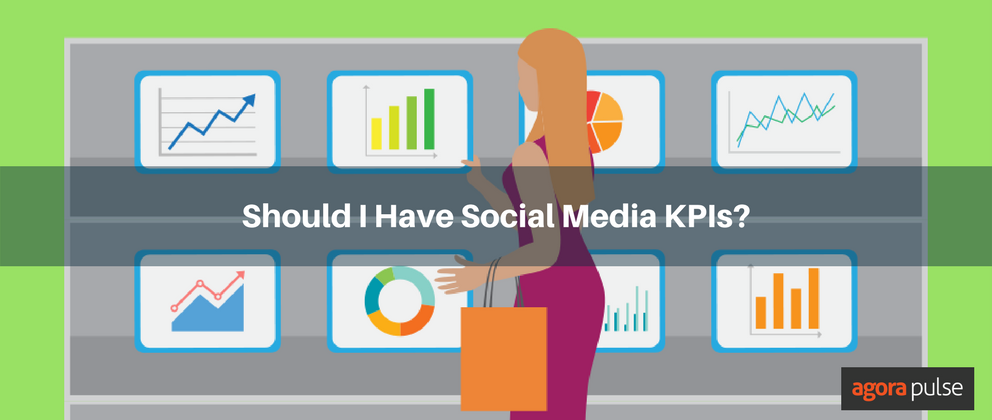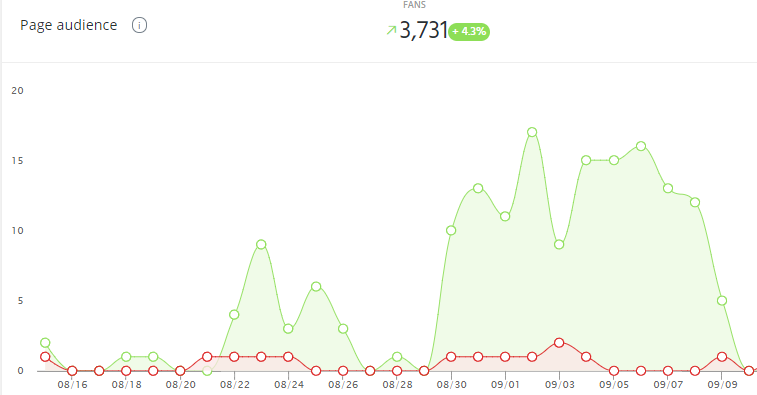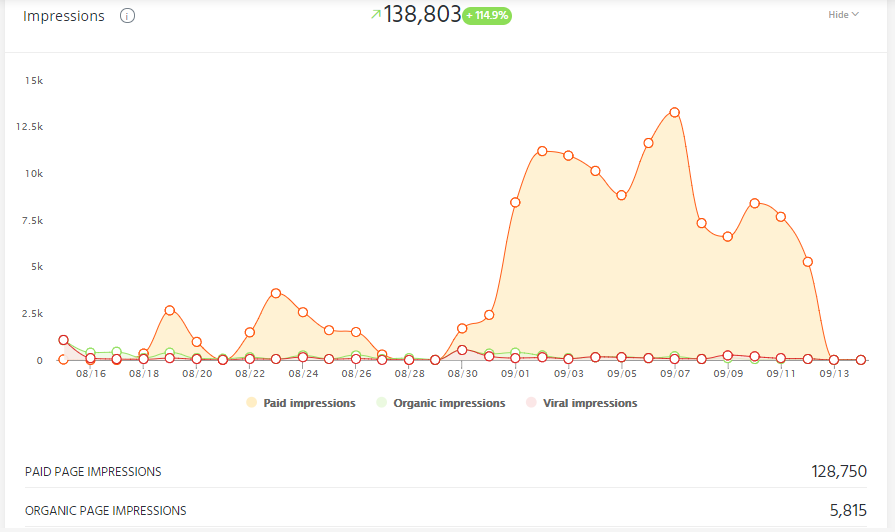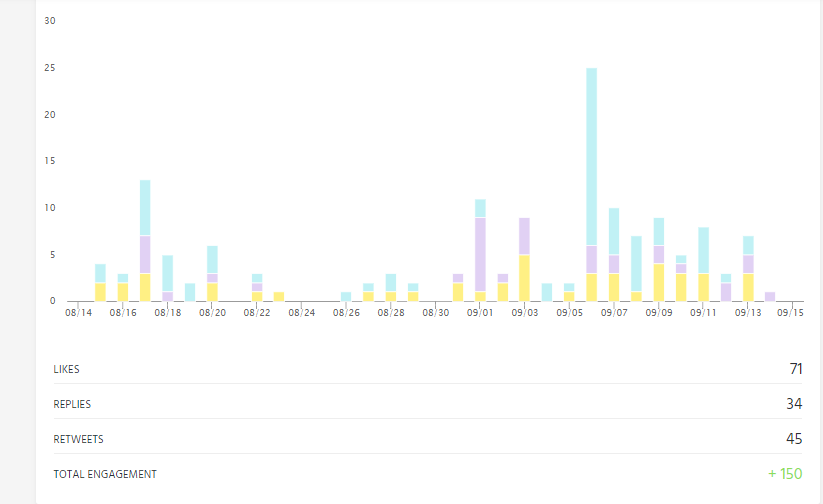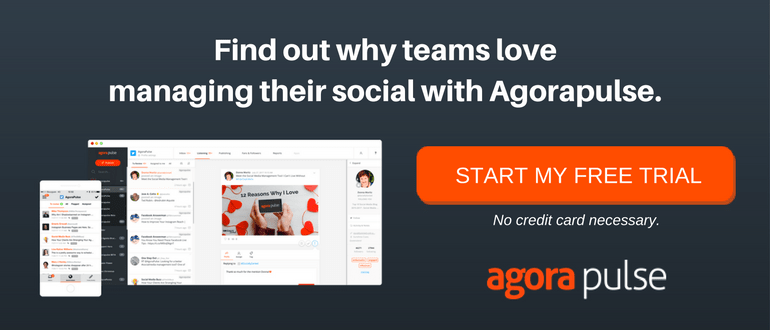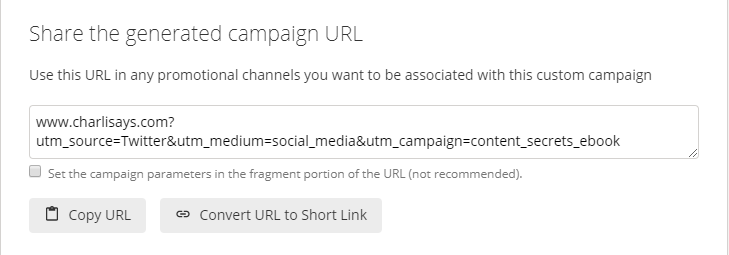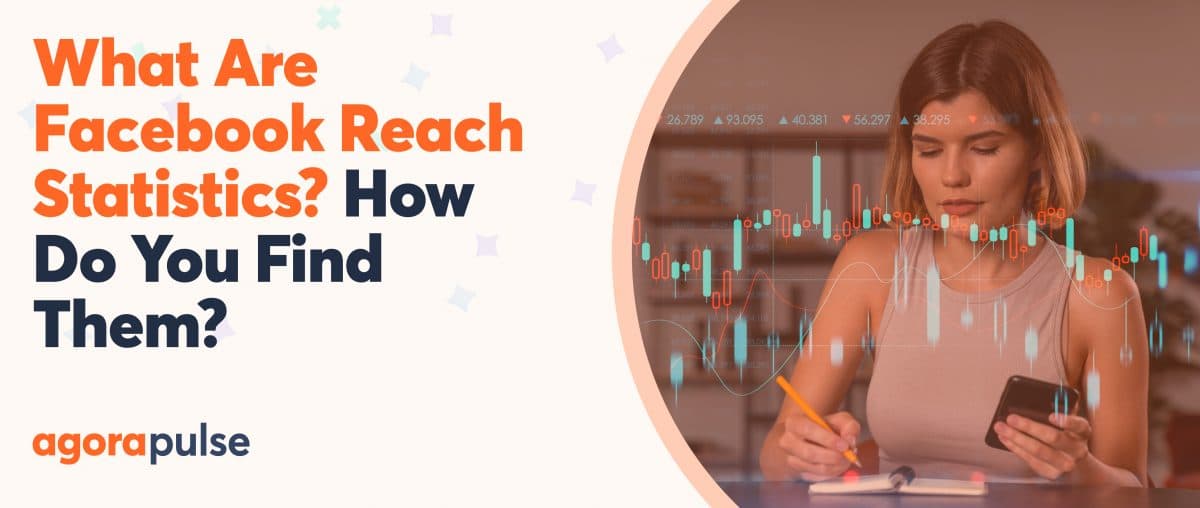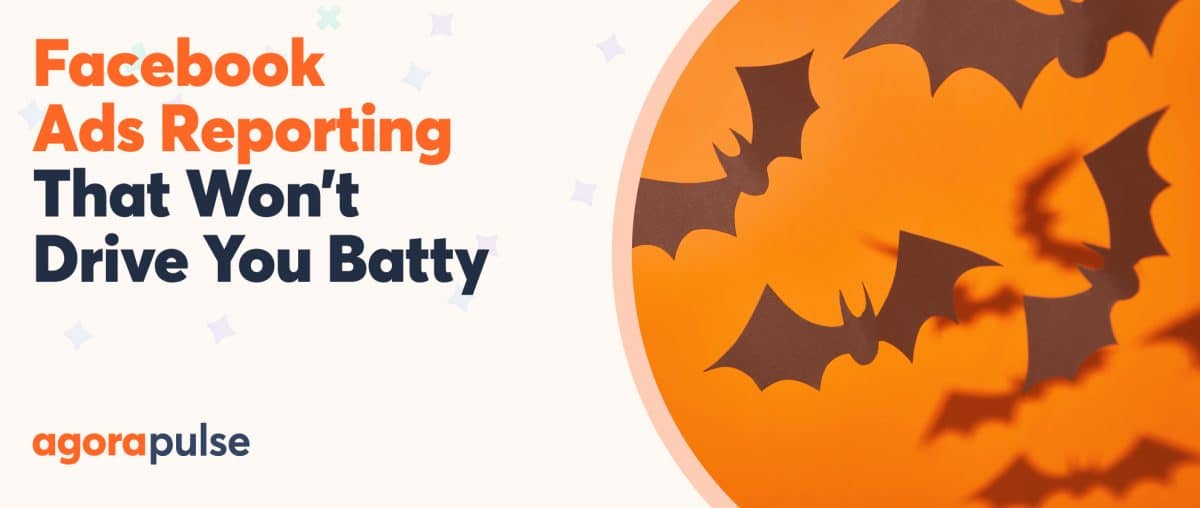[[updated August 31st, 2018]]
Most marketers know what KPIs are. (For foggy brains, Google “Key Performance Indicators.”)
And yes, you should bother to have social media KPIs.
There are a couple reasons why more and more smart companies insist on using them.
The first is that many businesses now see the potential value of acquisition and retention that social media may bring to their business and want to amplify it.
The second, and more probable, is that social media now costs more money than it used to and businesses want to know where that money is being spent. The cost of a social media team, advertising spend, artwork, video and promotions can easily exceed $10,000 per month and that cost needs to be accounted for.
Which Social Media KPIs Should I Measure?
You can measure hundreds of different metrics on social media, but that being said, there are four main areas your social media KPIs should focus on:
- Reach
- Engagement
- Leads
- Conversions
1. Reach
If brand awareness is top of your marketing department’s priority list, then Reach needs to be one of your social media KPIs. Your Reach tells you how far your message travels, how many people are seeing it, and who those people are. You can measure your social media reach by tracking the following KPIs:
Fans or Followers
This is the most obvious social media KPI but still one to include. You can set a KPI around the number of people following you on social media to make sure your fan base is growing according to your expectations.
For example, at Contentworks, we aim to organically grow our fans by 50 each month and our handy Agorapulse report shows that we are hitting on average 151 per month.
It is important to remember that your social media KPIs should be reviewed each year. A 50 per month fan growth is great for a brand with 4000 followers but it wouldn’t be for one with 100,000!
Web Traffic
Web traffic is a really important KPI because much of your social media marketing will be geared up to drive traffic to your website. Is it working?
What percentage of the traffic to your website is coming from social media? If you’re investing time and effort into your social media content, you’ll want to make sure that your web traffic number reflects that otherwise, why are you doing it?
If you have access to your website’s analytics panel then you can easily check the performance of your social media channels and what they are bringing to the table. If you are running paid ads in Facebook, Twitter or LinkedIn then you will also be able to see the number of clicks to your website.
If you want to take it one step further, you will then go on to look at the bounce and conversion rates but we will come to that later.
Impressions
Ah, my least favorite measurement… impressions. Impressions show how many times your post showed up in someone’s newsfeed. This could simply be because someone they know has liked or shared your post.
The problem with impressions is that they don’t really mean that someone has actually looked at your post or even noticed it. Perhaps they scrolled right on by. Reach is a bit like the CPI (cost per impression) metric. CPI basically charges for every time your ad is shown to someone but doesn’t factor in any response or action from their side.
TAKEAWAY
If you focus on followers, be sure to segregate organic from paid ones. You need to know how much each new follower cost you and weigh up the overall worth of that fan. Certain regions cost more per fan. While those fans might more to acquire via social media, they may also spend more money on your site. That’s why you need to be on top of your follower KPIs.
2. Engagement
Engagement measures the amount of likes, shares, tags and comments that your channel receives. It measures the “social” in social media.
Having a large reach with low engagement is a bad sign because it indicates that your content is not resonating with your audience. Statistically, anything over 1% is considered to be a good engagement rate and there are a number of engagements you can measure.
Post Likes
Post likes show engagement and also help your page to receive a preferential spot in the channel’s algorithm. They also encourage more fans to visit as they will see that their friends have liked a post.
Link Clicks
Link clicks are a great content based KPI which will show you how interesting your headlines and post content actually is. Remember though, that a high number of link clicks with a low number of shares or conversions may mean that the content at the end of your link didn’t quite deliver.
Comments
Great content sparks conversation. Even if your fans don’t agree with your posts, at least you will spark a debate! Silence is the worst thing to have on your posts so monitoring comments is a great KPI.
Shares
Getting shares, especially organically, is a great accolade for a social media manager. Unlike a mindless “like,” a share shows that your fan has taken a very decisive action. The same goes for retweets on Twitter. You definitely want to be aiming for more of this. Be careful when adding it as a KPI though, as increasing comments can be a tough call and your metrics might not move for a while.
Brand Mentions
When a fan or another page tags your page, it shows that you are relevant and being talked about! While you can use brand mentions as a KPI, you should be aware that many businesses don’t get any at all! If, however, you have a popular product, are running events, or are actively running a campaign, then you may want to monitor this one.
TAKEAWAY
These engagement metrics apply across most social media channels and make great KPIs. You can see from the above screenshot of my Twitter engagement, that the Agorapulse reporting panel will allow you to monitor all of them!
3. Leads
Now for the serious bit and the part you know your bosses and shareholders want to see — the leads.
To ensure you are getting the best ROI (return on investment) from your social media, you have to ask the tough question: How many of these engaged and happy fans are actually buying from your company?
If you are monitoring this yourself, then the best way is to set up your Google Analytics Conversions feature. For more information on setting up goals in Analytics, you can read this tutorial from Google.
You can also help yourself by creating campaign URLs for each paid social media campaign. I like the Google URL creator as it makes it easy to input my campaign and create a custom URL. Ideally you should do this for each channel so you can track your leads.
This process can help you decide which channel and which campaign is getting the best ROI and therefore which one you should spend more on next time.
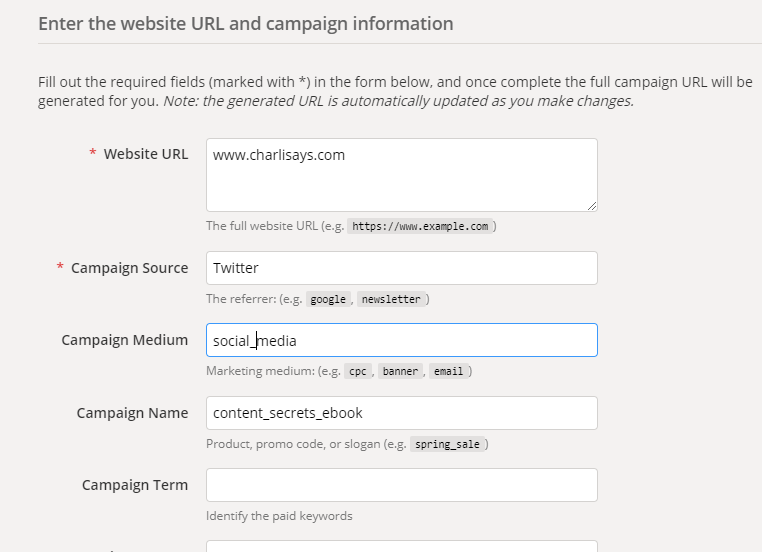
You can also use Agorapulse to add UTM tracking directly to each post you share.
When you set your post up for publication, just toggle on UTM tracking. Here, you can add your parameters and set your link up for tracking without ever exiting the Agorapulse dashboard.
This can really streamline your set up process and help you maximize ROI.
TAKEAWAY
Your business will want to look at its overall funnel to detect successes and blockages. For example, if your social media campaign receives a high engagement rate, high clickthroughs, high sign ups but a poor purchase rate then there may be an issue with the sales funnel. The sooner you identify the problem, the better– but you have to start tracking KPIs to find out.
4. Conversions
Unlike Leads, Conversions tell you whether your fan actually made a purchase.
Conversion-based KPIs via social media can be tricky and will often cause a lot of debate within marketing departments. Here’s why:
If your company is managing the whole funnel from marketing, then marketing is in control of the process. For example:
- Customer clicks on Facebook post
- Customer goes to product on your website
- Customer purchases product.
Simple, right? Yes, it is and a funnel like that is super easy to track. However, most funnels are split between marketing, customer service and sales. Therefore, more realistically, your funnel will look like this:
- Customer clicks on Facebook post
- Customer goes to landing page
- Customer fills out a registration or call back form
- Customer service/Sales call customer back (hopefully)
- Customer thinks about purchase
- Customer decides not to purchase
The longer and more diluted your funnel, the more difficult it is to track and assign KPIs due to the different departmental involvements.
In the second example, where the customer failed to purchase, is that your responsibility as a social media manager? I would say no but I can assure you that sales will disagree.
TAKEAWAY
Conversion can be a tough one to measure and will require clear interdepartmental communication. That said, it is essential to keep track of your overall conversion KPIs or at least ensure that one department is doing it and feeding the information back to you.
Remember, Agorapulse has all the tools for easy reporting and impressive social media KPI based presentations that your company will love!
So now you understand which social media KPIs you should track, it’s over to you. Which ones do you think are important? Comment below and let us know your thoughts.
